When seen from thousands of feet in the air, solar installations and wind turbines become abstract works of art: a glinting fractal of metallic petals circle a single pale stamen, and sharp, slender flowers tower above the earth.
Futuristic and abstract as these sites may seem, the concrete reality is that solar and wind energy are thriving. (Explore what your state’s energy mix will look like with 100% renewable energy.)
Each year, government incentives, shifting public policy, and technological advances make these sources of clean, renewable energy more attractive to corporations and individuals alike. And in the United States last year, solar employed more people than traditional coal, oil, and gas combined.
Some worry it’s too little, too late. Scientific consensus agrees that the need for green energy is greater than ever: the carbon emissions of an average Westerner melt 323 square feet of Arctic ice a year, contributing to global sea level rise. (These side-by-side photos show climate change’s dramatic impact on Arctic glaciers.)
Turning from fossil fuels to an array of clean, renewable energy sources—like solar and wind—is a step in the right direction. And for two photographers whose work was recently featured as part of National Geographic’s #myclimateaction challenge, the future is bright. (See editor’s top picks from the Your Shot challenge.)
From our partners:
EYE IN THE SKY
A native of Bulgaria, Jassen Todorov is a violinist and music professor at San Francisco State University. He’s also a pilot and a member of National Geographic’s Your Shot community, regularly sharing photographs taken from his four-seater plane.
“In my twenties, I was freaking out about being able to find a job” as a musician, Todorov laughs. “So I thought, ‘What if I became a pilot?’ Well, I did, and I haven’t looked back.”
But he’s certainly looked down. “It opens up a whole new world,” he says. “Flying from point A to point B, there’s so much to discover in between…it’s just a matter of looking and realizing ‘Oh my god, this is incredible, I better photograph this.’”
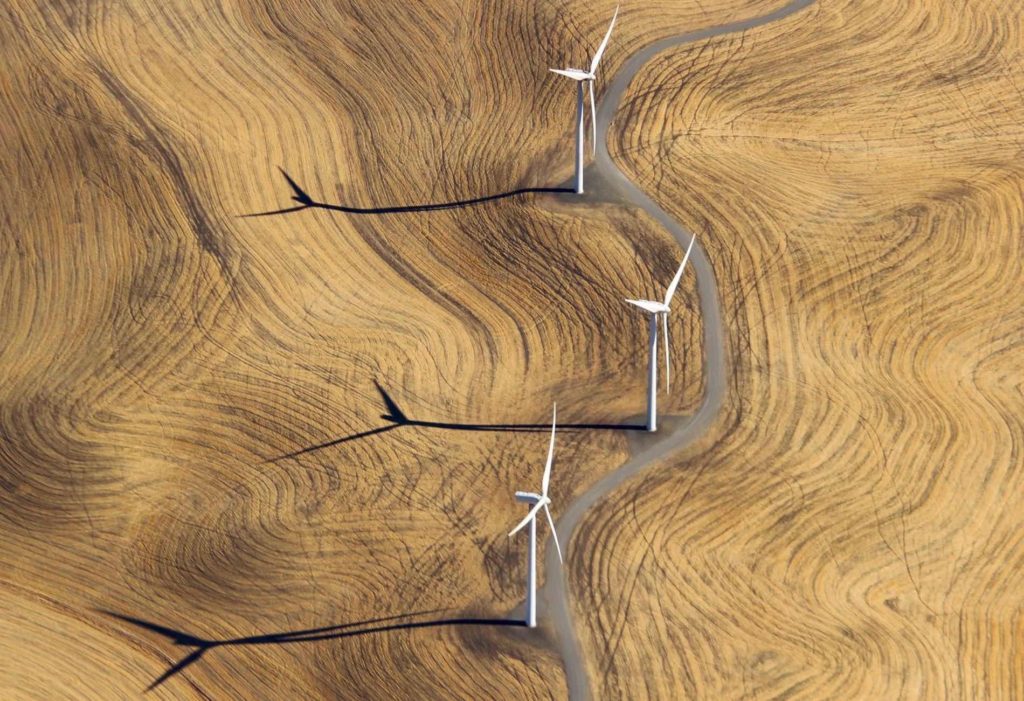
PHOTOGRAPH BY JASSEN T., NATIONAL GEOGRAPHIC YOUR SHOT
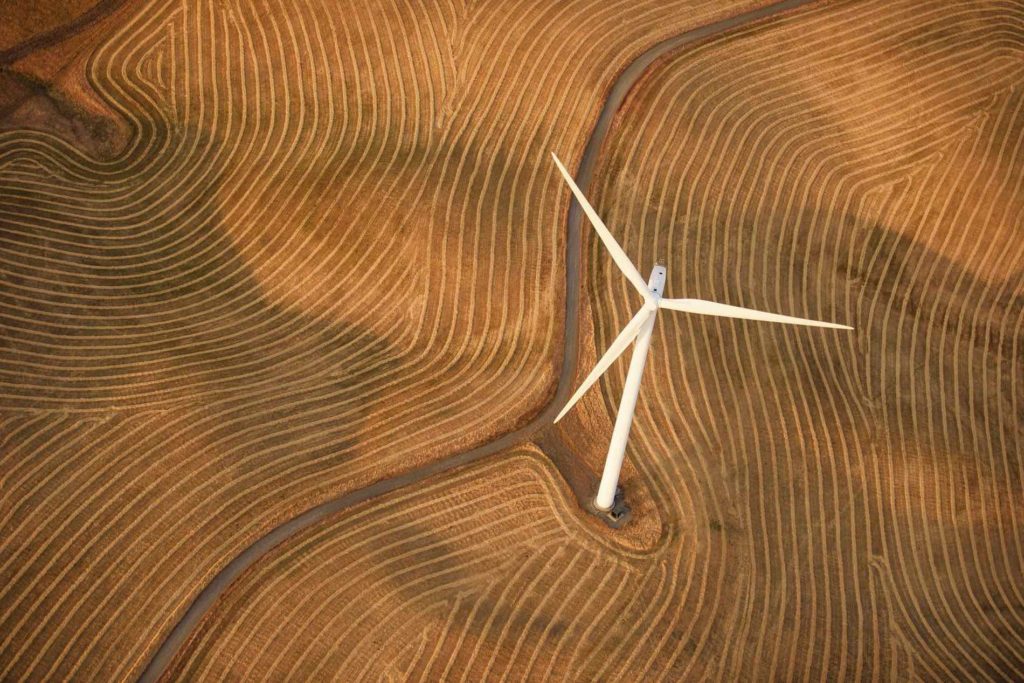
PHOTOGRAPH BY JASSEN T., NATIONAL GEOGRAPHIC YOUR SHOT
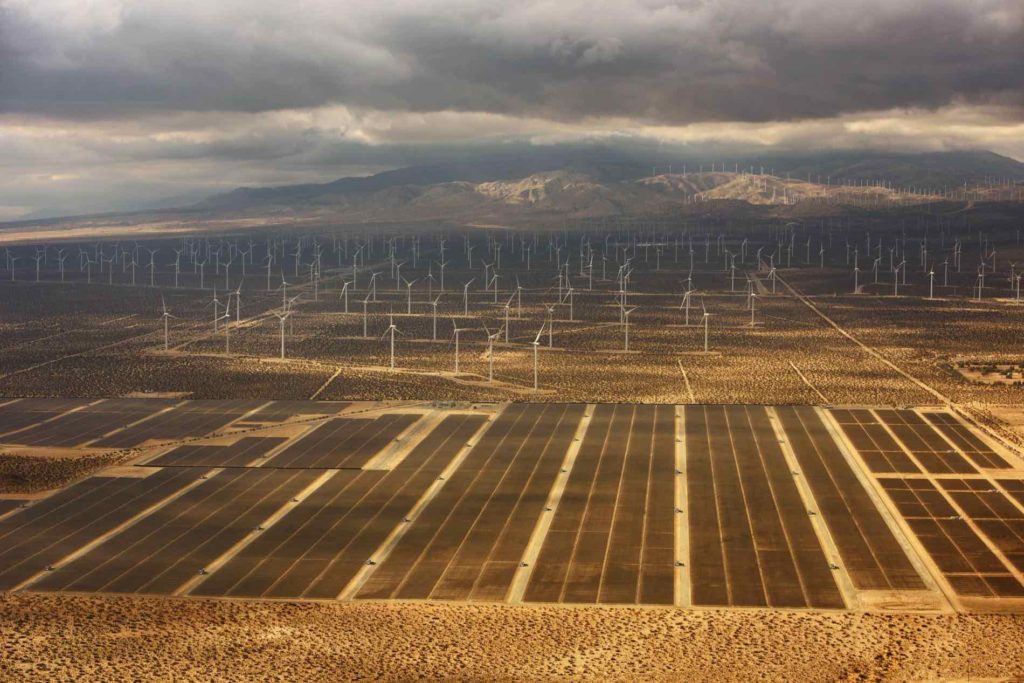
PHOTOGRAPH BY JASSEN T, NATIONAL GEOGRAPHIC YOUR SHOT
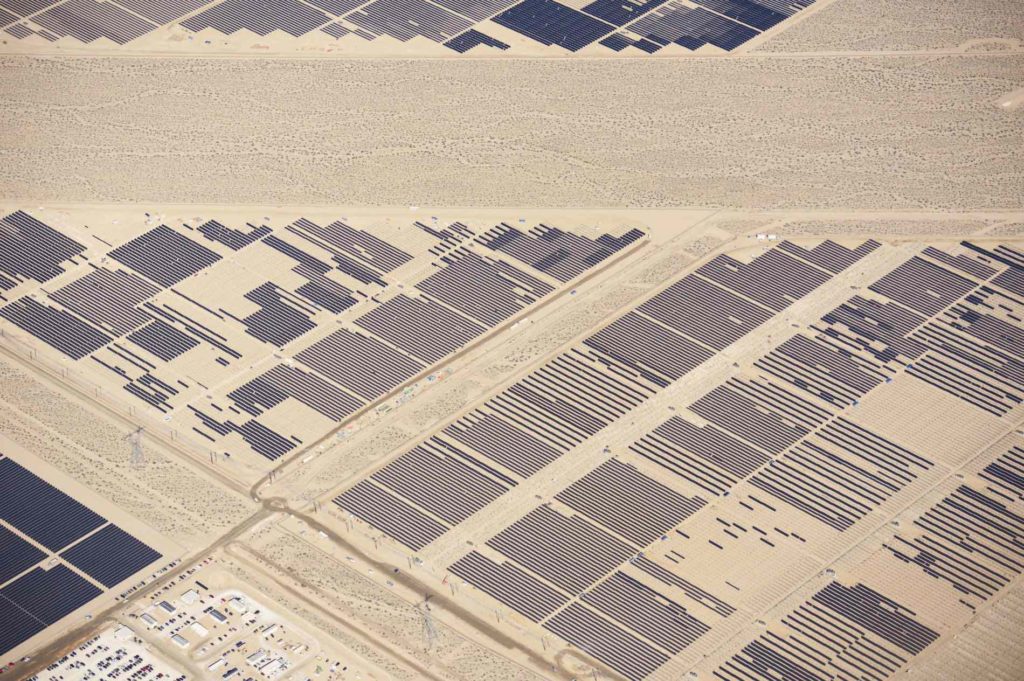
PHOTOGRAPH BY JASSEN T., NATIONAL GEOGRAPHIC YOUR SHOT
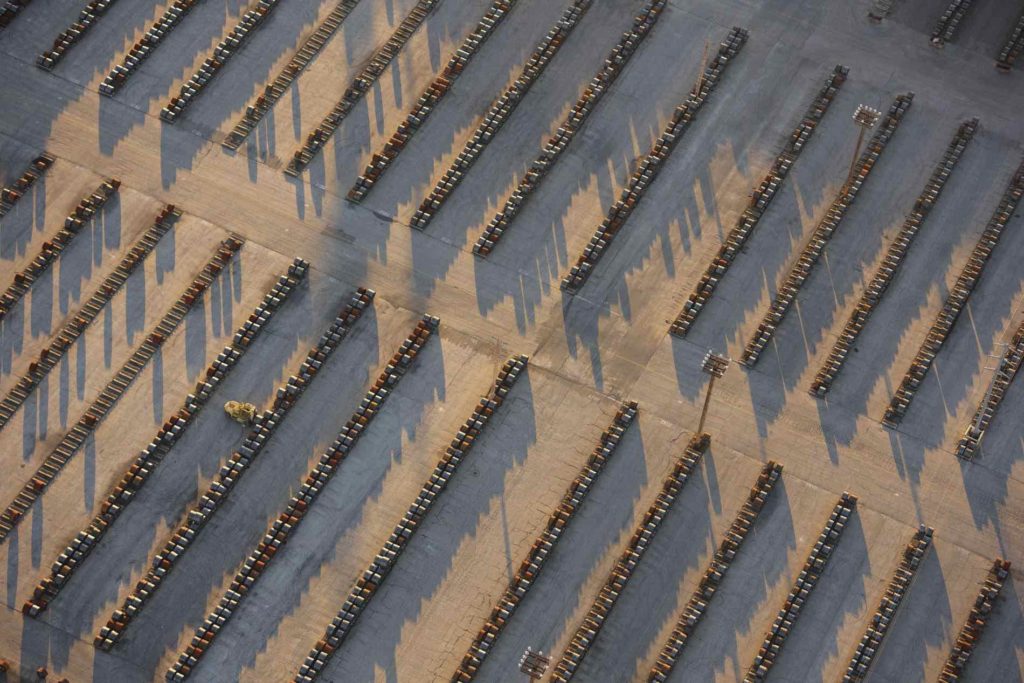
PHOTOGRAPH BY JASSEN T., NATIONAL GEOGRAPHIC YOUR SHOT
Todorov started intentionally documenting both the good and the bad: he saw fascinating renewable energy installations, but also oil spills, Superfund sites, and massive pools of toxic waste.
“I have this point of view from above that has let me document how our impact is just so powerful on our fragile nature,” he says.
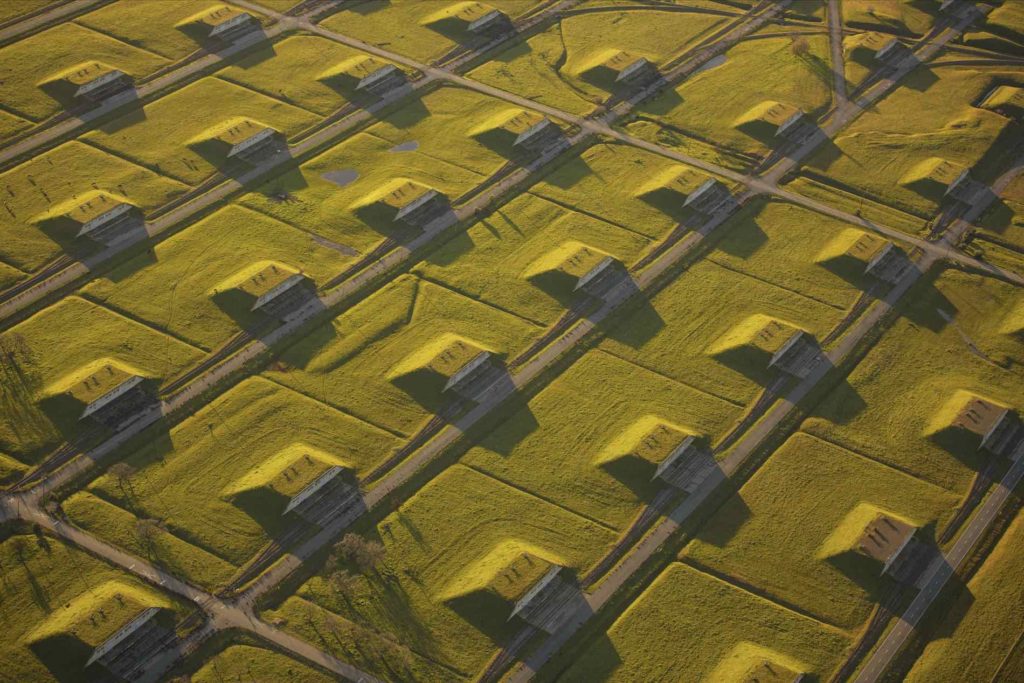
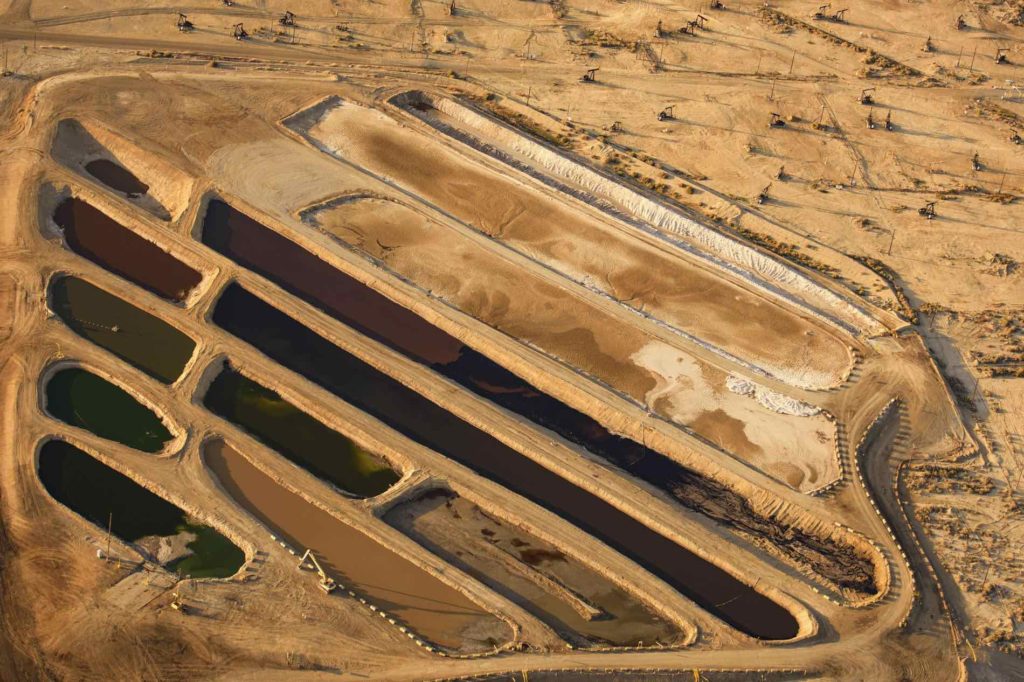
PHOTOGRAPH BY JASSEN T., NATIONAL GEOGRAPHIC YOUR SHOT
“Everybody’s trying their best, I think—solar power plants and wind turbines are being built all over,” Todorov points out. “They’re beautiful to look at from above; some of them are very futuristic.
“Knowing that they’re for clean and renewable energy just makes you happier—there is hope!”

PHOTOGRAPH BY JASSEN T., NATIONAL GEOGRAPHIC YOUR SHOT
UP CLOSE AND PERSONAL
Alberto Sánchez Platero quit his office job to work on wind turbines in Burgos, Spain. “I wanted to contribute to something relevant, something that motivated me,” he says.
In the picture below, the blades of a massive turbine were temporarily locked in place—in the “conejo” or rabbit-ear position, Platero jokes. Safely harnessed and anchored to the turbine’s nacelle, Platero made this picture while checking the ultrasonic sensor that measures the wind’s speed and direction. This information allows technicians to adjust the windmill’s yaw, or orientation to the wind, in order to more efficiently generate energy.
The best part of his work is “being in nature,” he says. “Listening to the wind, watching the landscape away from the noise of daily life…”
And what does the future look like to him?
“I love nature,” Platero says. “Our planet is a beautiful place, and we need to take care of it.”
Our pace of life creates a continuous demand for resources. My job made me more conscious, and I hope that more countries invest in these types of energy.”
This feature originally appeared in National Geographic.
















